I love my museum passes. Main perk? I can drop in to any exhibition I’d like to see at any time and not even have to worry about the queue. Downside? I get complacent and put off certain visits until near the end of the exhibition period. Which was exactly what happened with that of Jean Paul Gaultier – days before it closes!


Admittedly, I had not really planned to go and see it, and was thinking I’d give it a miss. Afterall, I know next to zero about fashion and trends, and with a bunch of things happening in the day-to-day, this exhibition was placed low on the priority list. However, my curiosity was piqued when friends who have seen it found it well-curated, along with a very cryptic hint that it is “special”.
Continue reading »
I prowled around the passages couverts from time to time but clearly I haven’t explored enough of them. In the 2ème, between rue de Palestro and rue Dussoubs, lies two passages briefly-separated by rue Saint-Denis: Passage Bourg l’Abbé and Passage du Grand Cerf. Built just three years apart in early 19th century, they have been well-preserved and a delight to visit.
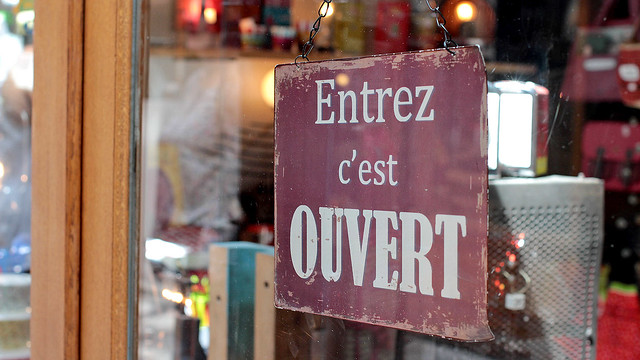

Continue reading »
My memory of large banquet dinners while growing up: they were noisy affairs, with a menu that was pretty much the same from one dinner to another, in large multi-purpose halls that were too stuffy for a crowd of several hundred, most of whom I did not know nor recognise but they’d all inevitably identified me as my great-grandparents’ great-granddaughter, or my grandparents’ granddaughter. (Ah yes, I was never my own person back then…) One of the messier dish to eat would be braised pig’s trotter, served with pacman-like buns on the side, and we were supposed to make our own bun sandwiches by stuffing the braised meat – or fat, if you were too slow on the uptake – then chomped away.
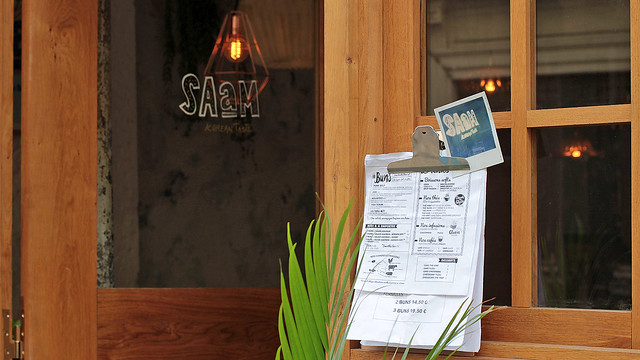
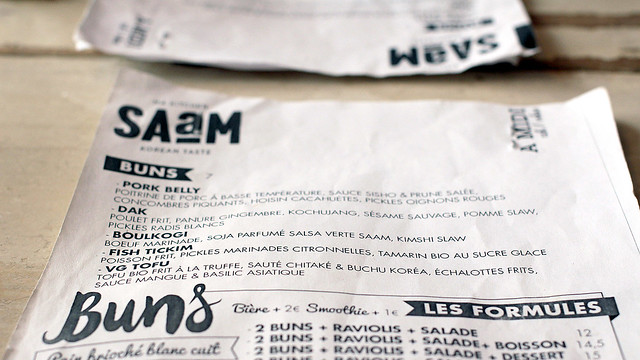
It was an upgraded version of these gua bao which awaited us at SAaM when my friends and I popped over recently for a food- and gab-fest. Five versions of buns were served in this small but quaint eatery, not overly crowded for a Saturday lunch, with four staff holding the fort between the front house and the open kitchen. Each has been given a Korean twist, although still as messy to eat as I remember from all the years gone by. ;)
Continue reading »
Strategically placed on a hill and overlooking the town while remaining near to River Nabão, the Castelo de Tomar is an imposing figure, protective over the Convento de Cristo, as both constructed were under the watchful eyes of Gualdim Pais and set to be the seat of the Knights Templar in Portugal. Today a designated UNESCO World Heritage Site, the air of mystery is abound within the walls of the castle and the convent, alongside interesting Templar and Manueline architecture – with hints of Moorish and Gothic influence – to feast our eyes upon.
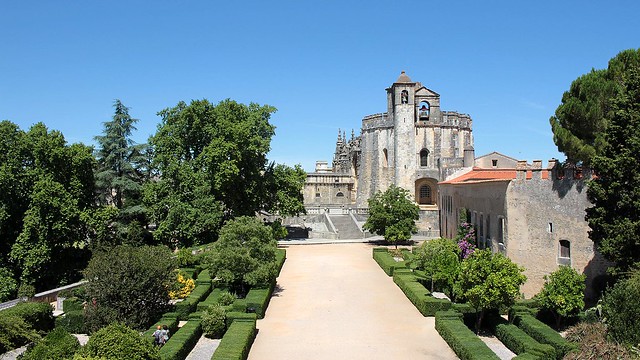
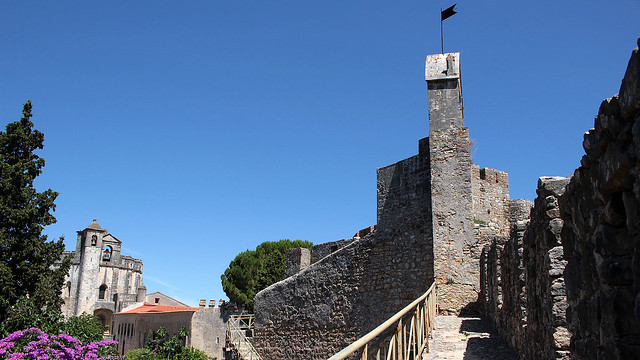
The castle, expectedly, forms the defence system which in the past, secured the Christian Kingdom which was advancing from the north against the Moors which reigned supreme in the south. The outer defensive wall has sloped lower half and round towers to make it more difficult to attack. When the citadel within reached its capacity for residency, dwellings outside the walls were built, which gave rise to Tomar. As you can imagine, it’s now a relatively easy walk between the town and the castle.
Continue reading »
Every four years, the town of Tomar honours the Holy Spirit. Every four years, for about six months before the Festa dos Tabuleiros (aka Festival of the Trays), households were busy making flowers and leaves from crêpe paper. Every four years, expectant tray bearers put their names onto a list and hope to be a chosen ones. Every four years, the streets are lavishly decorated and there is a certain zing in the air.


During each festival, parades are organised where the locals are paired up, age-appropriately, and the girls/ladies carry the tabuleiros on their heads. Typically, for adults, the tabuleiros are approximately the height of the bearer! Built using stacked breads decorated with paper flowers, leaves and oats, often topped with crown and dove or crown with holy cross, the tabuleiros are not very heavy per se but there are certainly some training needed to balance the trays against the elements. (We spotted many who practiced walking with their trays around town, usually in the evening when it was cooler.)
Continue reading »
The legend of Knights Templar, rebaptised Order of Christ in Portugal, is well and alive in Tomar. Founded in the 12th century by the 4th Grand Master of the Knights Templar, Gualdim Pais, it is today a town of pilgrimage – it lies on the St James’ way from Portugal – which honours their tradition by hosting the annual Festa Templária, the Knights Templar Festival, where hundreds of local participate and dressed as Knights Templar to parade through the streets.
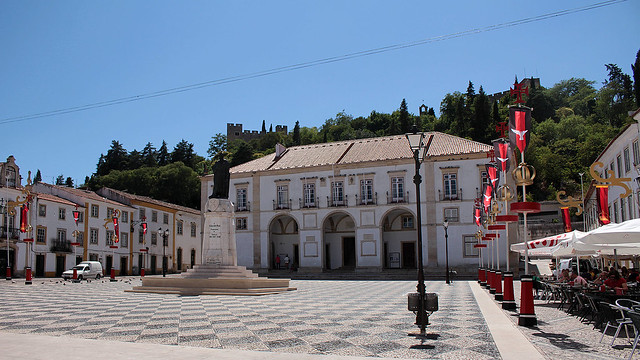

The heart of it all is the Convento de Cristo (more on this in an upcoming post), perched above the town, a symbol of the glorious past when the Knights Templar enjoyed great privileges and revered by many. The distinctive cross that came to represent them can be found all over Tomar, and there’s even rumour of hidden treasures of the Order but like any good ol’ legend, who knows its veracity? After Sintra, Tomar may on the surface seems less spectacular but there are enough mysteries to keep a healthy imagination going. ;)
Continue reading »
The mercury climbed past 33°C and the air was still. If I could have gone to work in tank top and shorts, I would have – hey, we don’t have air-conditioning in the office – but since that wasn’t an option, a summer frock was my best bet although it may have pushed the limit on “workplace-appropriate attire”… ;)
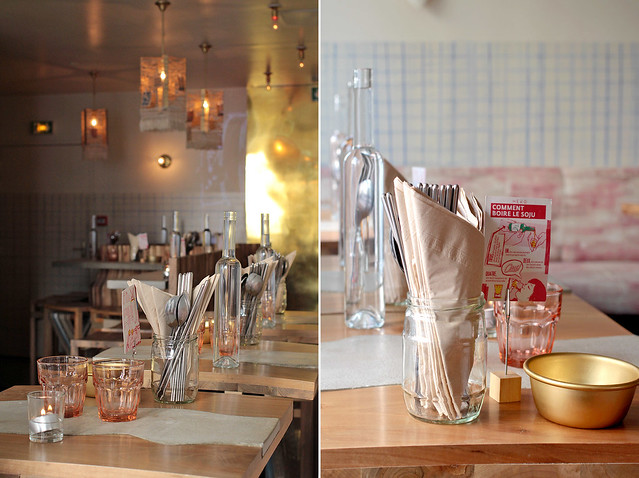
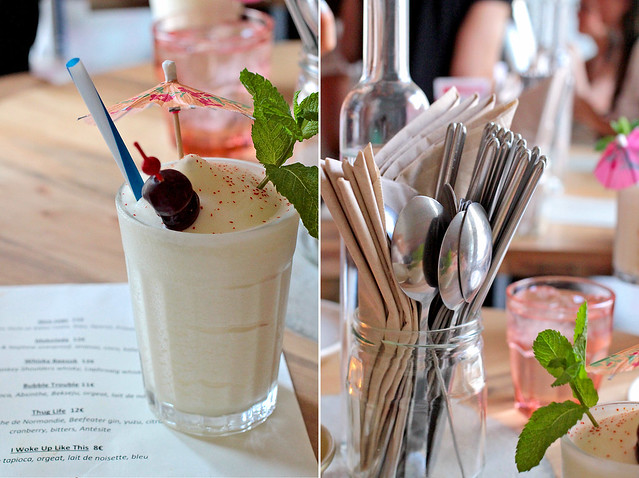
I was out with Vivian and her friend, B, for a catch-up session and to check out Hero, a recent addition to the dining scene in Paris. The restaurant was not as busy as we thought it’d be, but in that heat, most people were probably (illegally) dipping their feet in one of the many fountains around the city. That, and I guess quite a few people would have also left for the summer vacation?
Continue reading »
We just got back from Portugal and days later, as it was sunny outside, we were already escaping from Paris, even if only for a few hours. Not too far though, just a bit south of the city, to Parc de Sceaux. It is easily accessible with RER B, and as F prefers biking, he makes good use of the coulée verte running from Montparnasse straight towards the park, leaving him to cycle leisurely and surrounded by greenery.
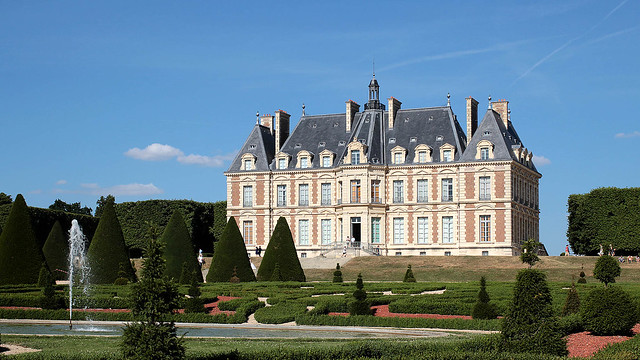
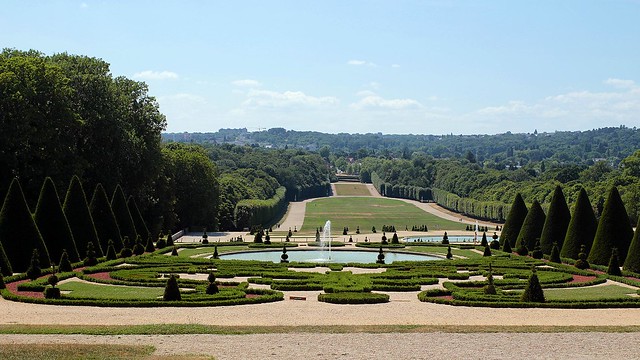
Parc de Sceaux was designed by the famous André Le Nôtre, who also created the impressive gardens of Versailles and St Germain-en-Laye, among others. Symmetrical French gardens, fountains, canals, orangerie – all these elements are proudly displayed in the park. On a beautiful day, it makes a perfect temporary escapade.
Continue reading »
I debated if I should write a single (long) post of the palaces we visited in Sintra, or break them down individually. Laziness won. ;)

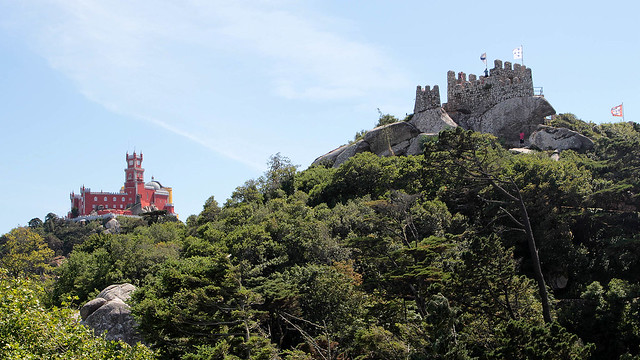
The one really tricky thing task is whittling down the number of photos on this entry, so scroll down for the links to the Flickr photosets if you really want to see them all. Be glad I selected only some 30 photos on average per palace, from the few hundreds I took for each! :p
Continue reading »
We took one look at Sintra and F turned to me, “Are you sure we won’t add another night here and reduce one in Tomar?”. In hindsight, yes, we should have done that. Don’t get me wrong – Tomar is a lovely historical town (more on this when I get round to writing about it) but there are just so much more to do and to visit in Sintra – in addition to being drop dead gorgeous – by comparison that we could benefit from a longer visit here. The 48-hours we allocated flew by far too quickly so we were also rather baffled to see so many day-trippers from Lisbon shuttling in and out quickly in a few hours.
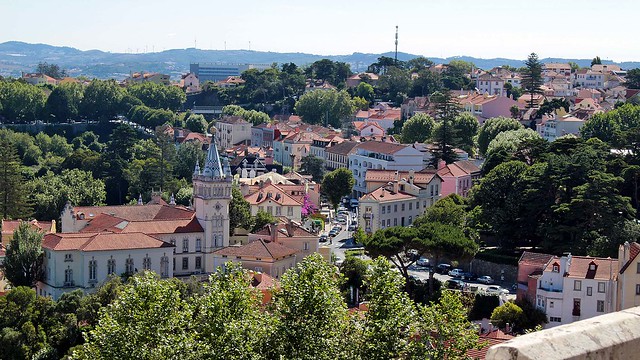

Travellers from Lisbon, us included, can easily get to Sintra in about 45 minutes from Lisboa-Rossio train station, if one managed to find the train station in the first place… It is not the best sign-posted train station we’ve ever came across and from the exterior, it could easily passed for a city hall or something to that effect. Gorgeous building, terrible signage. In any case, armed with our topped-up Viva Viagem card, we beeped our way across the barrier and hopped on the next train out. There are trains every 10-30 minutes, depending on the time of the day, and one-way travel costs €2.15 per person.
Continue reading »
































